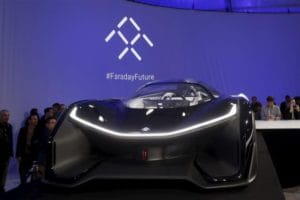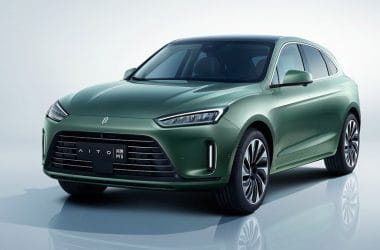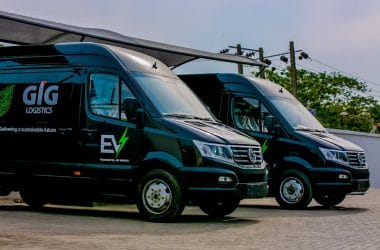In recent years, the automotive industry has experienced a rebirth of innovations. Forget about the drones and the foldable TVs’, cars have become far more important than the concave or convex UHD TVs’, propellers and hover boards. With all the unveilings and proclamations about the future of transportation, it has become obvious that CES is becoming an auto show. It is not the show where we’ll see a new Toyota Camry or a new Honda Accord introduced, CES has been reenergized as an event for providing consumers with a peek into the automotive world of the future.
The last CES witnessesd the presence of car tech, bigger than ever before and one of the most talked-about events was the secretive Faraday Future unveil its concept car. Faraday Future, an electric car start-up formed by former Tesla engineers, and backed by Chinese billionaire Jia Yueting, had kept its development work a closely guarded secret hence expectations about what their announcement would be was high.
Faraday Future made its first big splash on the eve of CES with the unveiling of the FFZERO1, a high-performance concept car. The powerful machine looks more appropriate for a race track than a city street, it has the ability to top 200mph (321kmh) and accelerate from zero to 60mph (approximately 100kmh) in less than three seconds. The internet-connected 1,000-horsepower FFZERO1 incorporates several ambitious elements, it has a multi-touch screen interface and augmented reality views projected onto the road ahead.
Nearly a decade ago, Ford became the first automaker to have an executive give a keynote speech at the annual global technology event. This year, two of the eight keynote speakers were auto executives —GM CEO Mary Barra and VW CEO Dr. Herbert Diess. They used the stage to introduce electric cars.
VOLKSWAGEN
Volkswagen CEO Herbert Diess didn’t waste much time addressing the elephant in the room when he appeared at the 2016 CES on Tuesday evening, he addressed the diesel emissions scandal that plagued the German car maker last year and then apologized.
After that apology, Diess premiered an electric concept car that the company has been teasing relentlessly for several weeks, most notably the E-Golf Touch and the BUDD-e, which is a long distance electric microbus. His remarks focused on electric mobility driving the automotive market and illustrated the synergy between the internet of things and the automotive industry.

CHEVROLET
The next day, Mary Barra, CEO and chairman of the GM board, showcased the production version of the Chevrolet Bolt EV, almost a year after showing off the Bolt as a concept car at the North American International Auto Show in Detroit. The company took the Bolt EV from concept to production-ready in only 12 months, by this time next year, the hatchback will be in full production and sitting in showrooms across the U.S. The Bolt EV will cost around $30,000 after government incentives.
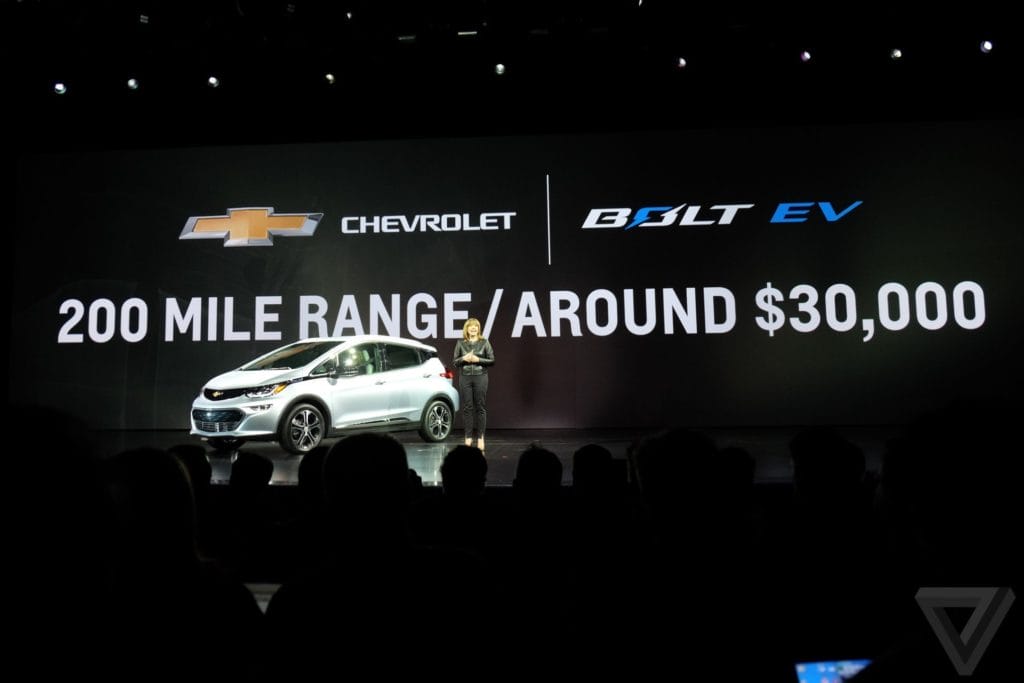
For each full charge, the Bolt EV will get more than 200 miles of range. The battery will reach an 80% charge in around 60 minutes—or about twice as long as Tesla Motors’ supercharger. The car will have advanced connectivity for an improved and more personalized driving experience.
Drivers will be able to save time with EV-specific routing, Barra explained. The advanced range predictor of its navigation system will consider factors like temperature, topography and the customer’s driving habits to determine whether you can arrive without a charging stop. Up front is a 10.2″ customizable touchscreen display with a widget-based operation. The Bolt EV also comes with Apple CarPlay and Android Auto.
Other tech-friendly features include a wide-angle great camera mirror, which displays an unobstructed view of everything behind the car. The vehicle is also compatible with a mobile MyChevrolet app that provides info on its charging status, mapping, owner’s manual, dealer service schedule, and the option to pre-set the car temperature.
McLaren
The McLaren design team, led by designer Peter Wilkins, was tasked with incorporating the JVCKenwood Caroptronics system into the 675LT Coupe. To get their vision off the ground, the team crafted a purposeful interior layout using a mix of classic McLaren materials and new fabrics.
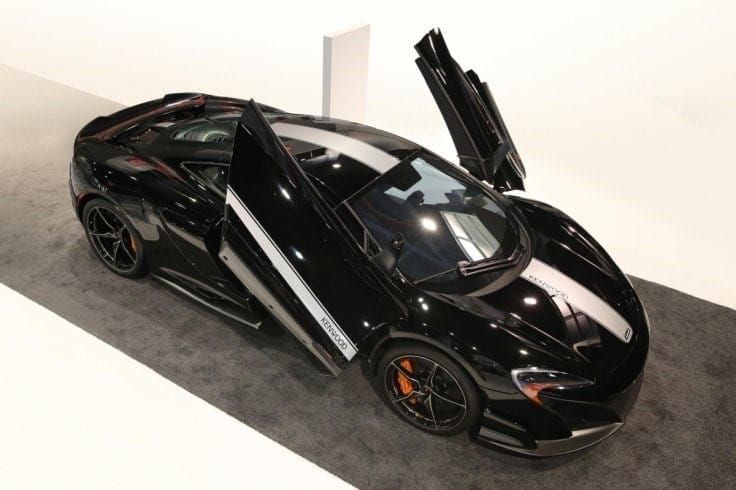
The car does away with rear-view mirrors, replacing them with cameras and a display on the dashboard, which no longer features any traditional dials or controls. Instead, all information is provided on a head-up display projected on to the windscreen, and controls appear on the steering wheel.
BMW
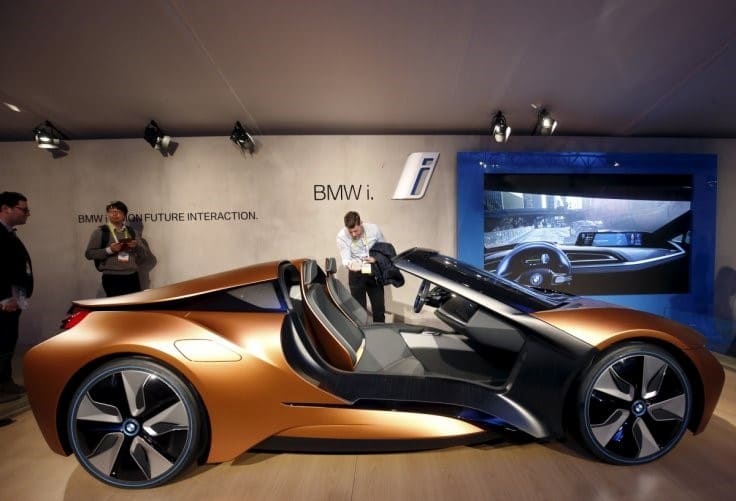
A concept i8 with no doors or side mirrors was the highlight of BMW’s stand at CES 2016. The car looks a lot like the regular i8 but has no doors. It is a design reminiscent of the 1989 BMW Z1, which had doors that slid down and folded underneath the car. Following several other manufacturers, BMW wants to get rid of door mirrors, replacing them with cameras that offer a wider view and improved visibility at night.
VOLVO
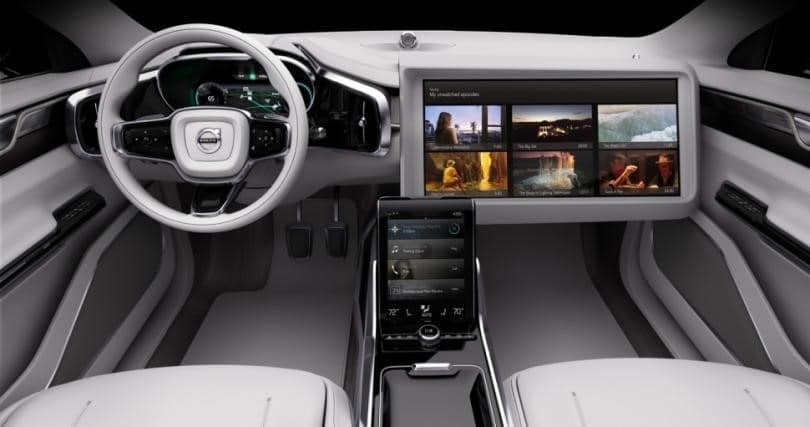
In-car connectivity has been around for many years but this CES 2016 took it to another level. Volvo unveiled a new project it has been working on to bring high definition video streaming to future cars, unveiling a concept car with a giant video screen which flips up from the dashboard for you to enjoy TV and film while the car’s computer takes care of the driving. The car will even re-route if it thinks you need a few more minutes to finish watching the latest episode of “Empire.”
TOYOTA
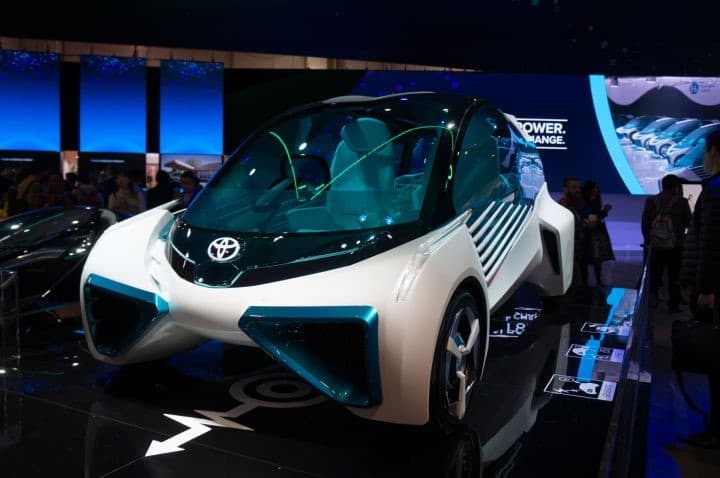
Toyota had one of the most interesting concept cars like the FCV concept, which runs off hydrogen. Toyota concept vehicle demonstrates Toyota’s vision of a connected, sustainable hydrogen society. The concept vehicle showcases the potential of hydrogen fuel cell technology beyond just the automotive industry, and it is capable of generating electricity directly from hydrogen stored outside the vehicle and thus operating as a stable source of electric power for use at home or on the go.
As an Amazon Associate, TechCity may earn a small commission if you shop these products.


